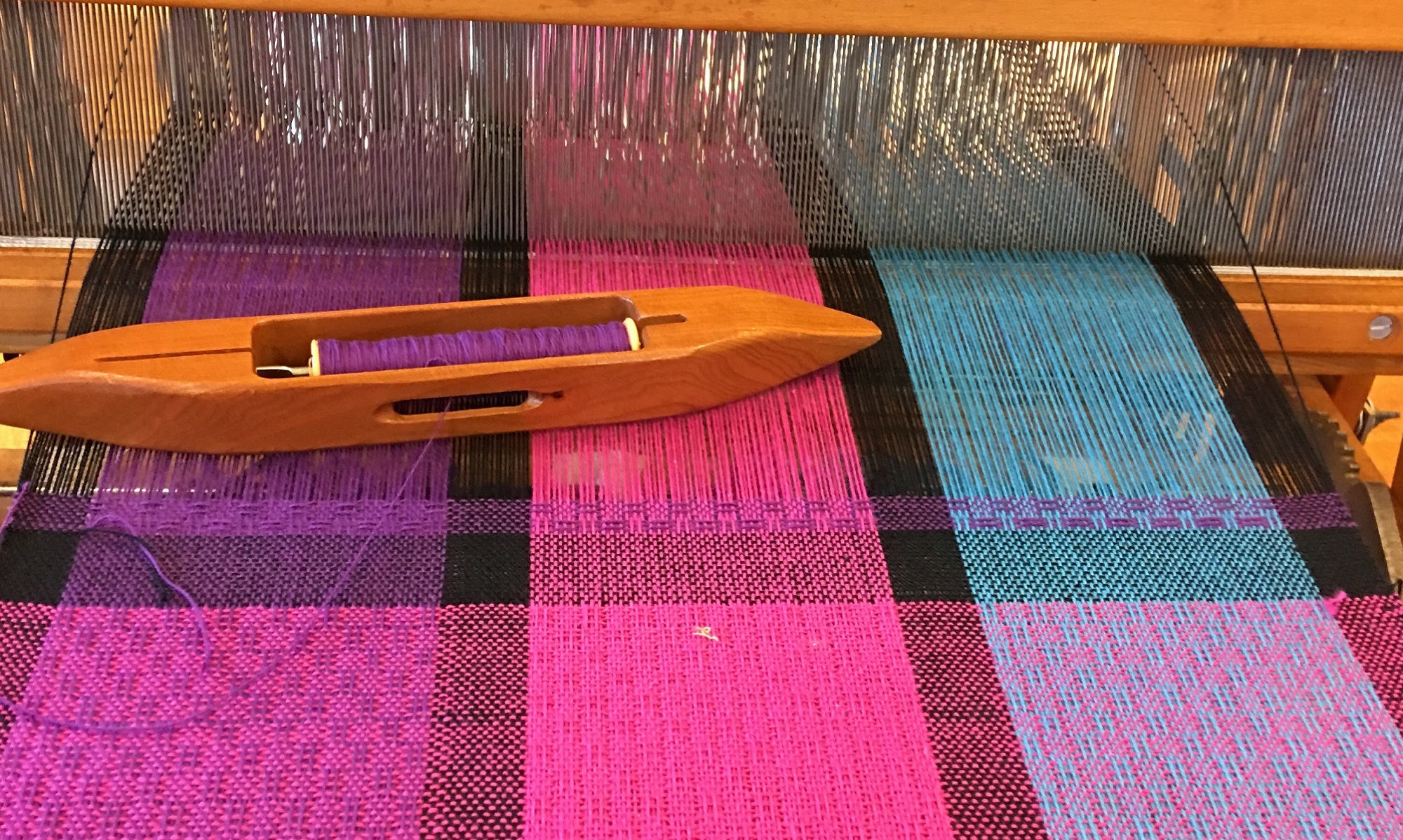
In WWI our soldiers were suffering trench foot due to spending most of their time in the wet trenches on the front lines. Often, it caused gangrene and resulted in amputation. They needed to change socks several times a day to avoid this. An all out effort was made by the Red Cross to get people to knit all kinds of wool garments for the soldiers, especially socks. Wool is a miracle fiber, a fantastic insulator, naturally repels water for a time, can absorb up to 30% of its weight in moisture and still feel dry. It can keep you warm even when wet.
Multiple songs were written about knitting for the soldiers. Here is one example that is specific about how important the socks were to these men.
Knit, Knit, Knit Sister Sue
“A soldier who was fighting with the enemy in back,
With bullets buzzin’ ’round his ears, took down his old knapsack.
He wrote a letter, on a shirt front Sister Susie sent
And then he went and got it signed by all his regiment.
He said ‘Dear Sue, we’re stong for you, you sew those shirts so neat.
But how are we to beat the foe when we’ve all got cold feet? So—”
“Knit, knit, knit a little Susie,
For what good is a shirt
when all our ‘Tootsies’ hurt?
My poor big toe sticks out,
You know it doesn’t like the snow.
Oh my left foot is red white and blue.
‘Pon my sole, there’s a big blister too.
The soldiers toes are froze to bits,
‘Holy Hoses’ Susie,
It’s a long tramp, tramp to Tipperary
So knit, knit, knit Sister Sue.”
“Don’t knit them white,dear Sister Sue, ’cause white will be no use.
While hanging on the firing line, they’ll look like flags of truce.
Don’t knit the kind that’s itchy, Sister knit them nice and thick.
We’ll put on two pairs at a time and charge them double quick.
The socks we wore before the war are full of darn old darns.
They won’t be hard to make; the daily papers full of yarns. So—”
Music: Raymond Walker, words: Chas. McCarron, 1914, Broadway Music Corp., NY.

People would knit every where, even school children learned to knit socks and knit during breaks at school. People who couldn’t knit were urged to buy wool for the knitters and children were urged to do the housework for mom so she could spend her time knitting. The knitters could not keep up with the demand for socks since even a fast knitter could take up to a week to knit a pair. So, the International Red Cross gave people hand cranked circular sock knitting machines and wool if they promised to knit at least 30 pairs of socks for the war effort. Knitting rooms were set up and production increased enough to help with the goal of knitting almost 400,000 pairs in 3 months that was set. These Circular Sock Machines (CSMs) produced socks quickly and as high a quality (or better depending on the knitter) as those made by hand.
 Recently there has been an interest developing in restoring and using these cranky old machines to knit with modern sock yarns. People love handknit wool socks, but again, they take so long to knit, that hand knitters can’t keep their own families in socks, much less knit them to make for gifts or to sell. To make it worthwhile to sell a pair, you would have to charge more than $100 if you wanted more than $2 an hour for your time. (High quality sock yarn alone retails for $18-$25.) Finding parts to repair and cylinders to change the sock sizes in these antique machines has been a challenge. Enter PeeWee Erlbacher and the Erlbacher Gearhart Knitting Machine Company!
Recently there has been an interest developing in restoring and using these cranky old machines to knit with modern sock yarns. People love handknit wool socks, but again, they take so long to knit, that hand knitters can’t keep their own families in socks, much less knit them to make for gifts or to sell. To make it worthwhile to sell a pair, you would have to charge more than $100 if you wanted more than $2 an hour for your time. (High quality sock yarn alone retails for $18-$25.) Finding parts to repair and cylinders to change the sock sizes in these antique machines has been a challenge. Enter PeeWee Erlbacher and the Erlbacher Gearhart Knitting Machine Company!









